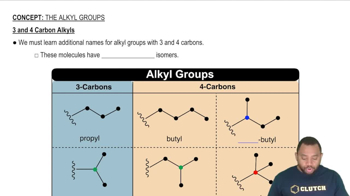Here are the essential concepts you must grasp in order to answer the question correctly.
Radioactive Decay
Radioactive decay is the process by which an unstable atomic nucleus loses energy by emitting radiation. This decay occurs at a predictable rate characterized by the half-life, which is the time required for half of the radioactive atoms in a sample to decay. For carbon-14 (14C), the half-life is approximately 5715 years, meaning that after this period, half of the original amount of 14C will have decayed.
Recommended video:
Rate of Radioactive Decay
Carbon Dating
Carbon dating is a method used to determine the age of an object containing organic material by measuring the amount of carbon-14 it contains. Living organisms maintain a constant ratio of 14C to 12C while alive, but once they die, the 14C begins to decay. By comparing the remaining 14C in a sample to the known initial levels, scientists can estimate the time since the organism's death.
Recommended video:
Activity of a Radioactive Sample
The activity of a radioactive sample refers to the number of decay events occurring per unit time, typically measured in decays per minute or becquerels. For carbon-14, the activity is directly related to the amount of 14C present in the sample. In the context of the question, the initial activity of 1.0 g of carbon in a living organism is given as 15.3 decay events per minute, which decreases over time as the 14C decays.
Recommended video:




